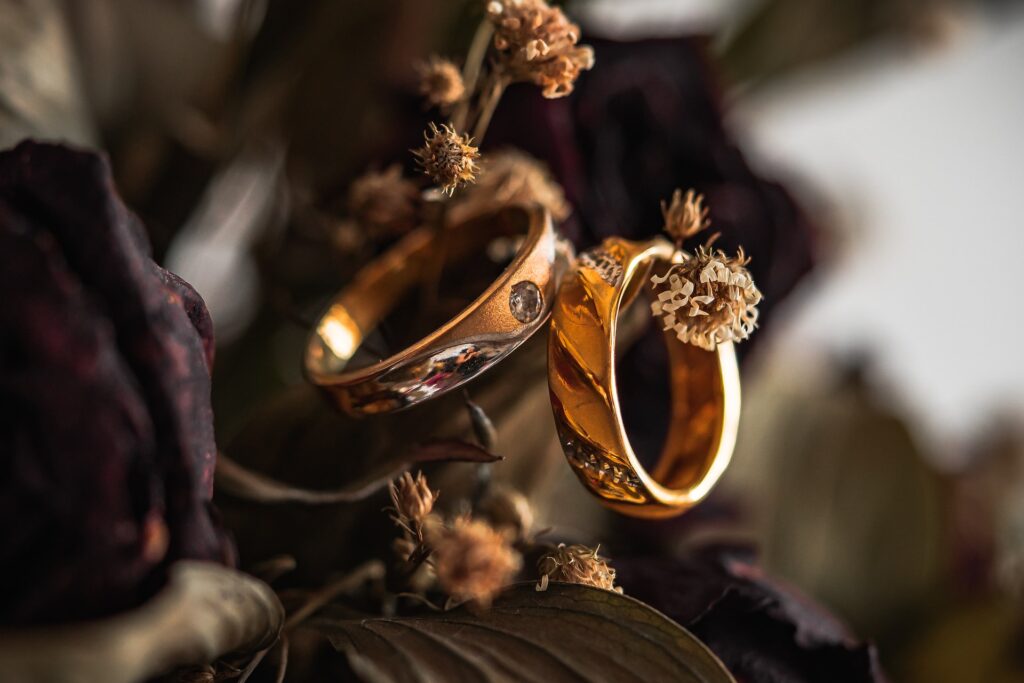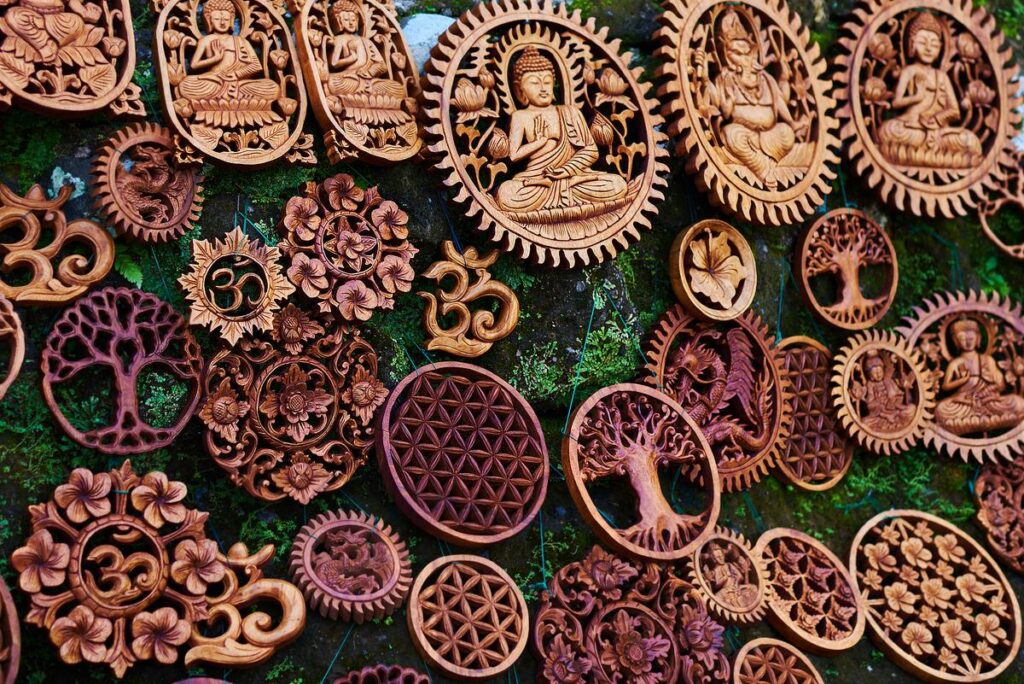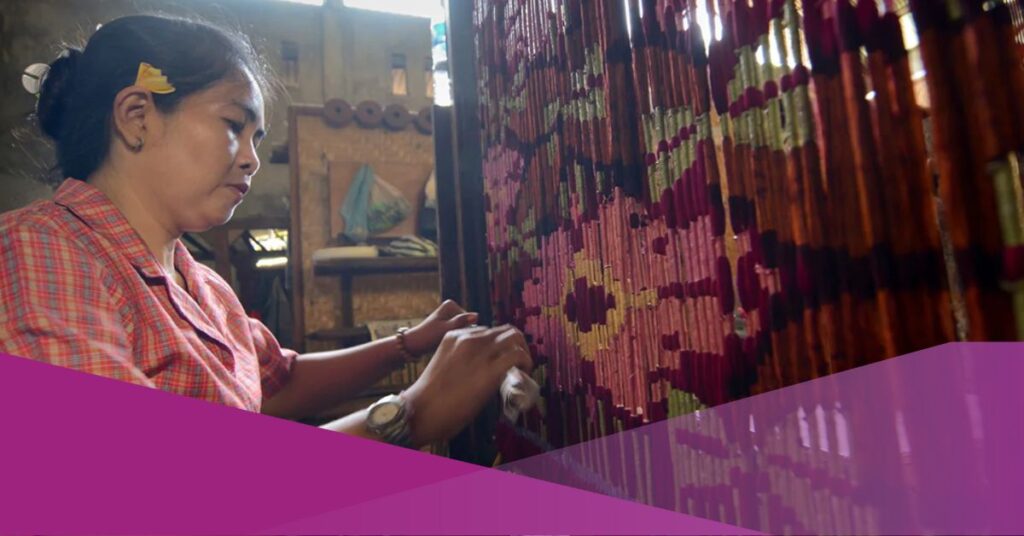The island of Bali, which is renowned for its breathtaking beaches, lively culture, and rich traditions, is also a haven for people looking for unique and genuine handicrafts. Since ancient times, Balinese craftspeople have been honing their craft, creating some of the most exquisite and sought-after handicrafts in the world, from intricate wood carvings to vibrant textiles.
Balinese handicrafts provide a window into the island’s rich cultural heritage and are sure to impress anyone who values artistry and craftsmanship, whether you’re looking for a souvenir of your trip or a unique gift for a loved one back home. This article will discuss some of the most genuine Bali handicraft souvenirs and where to find them.
Balinese Silk Batik

Balinese silk batik is a one-of-a-kind textile art form that combines traditional batik techniques with the opulence of silk. Each piece of Balinese silk batik is a one-of-a-kind creation made by skilled artisans that reflects the island’s rich cultural heritage and natural beauty.
Hot wax is applied to the silk fabric in intricate patterns to create Balinese silk batik, which is then dyed in rich, vibrant colours. The wax is then removed to reveal the beautiful design, resulting in a stunning piece of wearable art that can be worn as a scarf, shawl, or even hung on a wall.
Balinese silk batik can be found at Tenganan Village, Popiler Batik, or in batik showrooms in most modern malls in Bali, and is priced between Rp 160,000 and Rp 20 million per length.
Gold and Silver Jewellery

Balinese gold and silver jewellery exemplify the island’s exquisite craftsmanship and diverse cultural heritage. These pieces, created by highly skilled artisans, are not only beautiful adornments but also hold deep spiritual significance for people in Bali.
Intricate designs inspired by nature, mythology, and spirituality distinguish Balinese gold and silver jewellery. Artists create stunning pieces with filigree, granulation, and repoussé work using traditional techniques passed down from generation to generation. Each piece is one-of-a-kind, reflecting the artisan’s personal style.
The jewellery can be found best at Prapen Jewellery and in the villages of Celuk and Mas and is priced from Rp 150,000 for a pair of small earrings.
Balinese Wood Carvings

Balinese wood carvings are one of the most recognisable handicrafts on the island, known for their intricate details and masterful craftsmanship. These pieces, created by skilled artisans using traditional techniques, range from small decorative items to large sculptures and are frequently inspired by Balinese mythology and religion.
Balinese wood carvings are typically created using a variety of locally accessible woods, such as teak, jackfruit, and sandalwood. Part of the procedure involves manually carving the wood with chisels and other tools to produce intricate details and textures. The finished products are then painted in vivid colours to increase their appeal and visual impact.
The best place to find this artwork is Pakudui Village in Tegallalang, north of Ubud, where it can be purchased for between Rp 135,000 and Rp 1.5 million, depending on size.
Balinese Coffee

Balinese coffee is a popular coffee variety that is known for its rich, earthy flavour and smooth, full-bodied flavour. The Robusta and Arabica bean varieties sold here are from the best-growing islands in Indonesia, including Gayo and Mandaling, Java, Mangkuraja, Kalosi, and Bali’s own Kintamani. For high-quality Bali coffee, head to Ubud for Kopi Luwak, the world’s most expensive coffee.
The distinctive flavour of Balinese coffee is due in part to the volcanic soil of the island, which imparts an earthy flavour with notes of chocolate and spices. Coffee is typically grown on small, family-owned farms and hand-harvested, ensuring that only the best beans make it into each batch.
These coffee beans can be found best at Kopi Bali House, or souvenir shops and supermarkets island-wide, and are priced at around Rp 56,500 for 250-gramme packets.
Looking for other things you can only find in Bali? Check out these articles below:


































